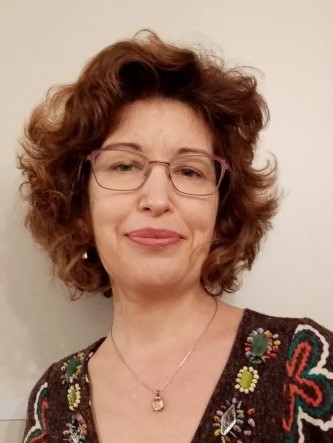- Index
- >Research themes
- >Relationship between muscle and bone physiology
Theme 2: Relationship between muscle and bone physiology
Keywords: disuse osteoporosis, muscle, bone, myokines
State of the art and objectives
In immobilization osteoporosis due to hypogravity, temporary immobilization or irreversible immobilization seen in para- or-tetraplegic individuals, a muscle wasting is associated with bone loss, reduced strength and bone fragility. Moreover, during aging, muscle damage that are accentuated by decreased physical activity increases the risk of fractures. Dual effect on bone and muscle is explained by the close relationship between skeletal muscle and bone. These two anatomical entities synchronize their responses to a stimulus. Few mediators of muscle-bone interactions have been identified and capable of mediating muscle and bone remodeling.
Our objective is to identify key molecules from muscle involved in bone loss related to immobilization and thus increase our understanding of the tissue and molecular mechanisms of bone fragility associated with immobilization as well as that of musculoskeletal interactions. This would lead to the development of new therapies targeting muscle and bone tissues, particularly in the elderly population.
Main results for the last five years
We have developed animal models of localized immobilization by botulinum toxin (BTX) paralysis. These models have enabled us to characterize alterations in bone turnover and their consequences at the level of bone tissue and muscle tissue. Induced paralysis in masticatory muscles led to mandibular bone loss and a bone proliferation at the enthesis of an accessory masticatory muscle. The mechanism involve in bone proliferation at enthesis is under investigation.
We have also shown that bone loss associated with localized paralysis by BTX in the hindlimb muscle is due to early and transient stimulation of bone resorption as well as an early inhibition of bone formation extending over time. In this model, muscle loss has been correlated with bone loss and the return to mobility has shown a muscle returns to a normal level before the return to normal bone mass.
We have undertaken to study the changes in the expression of mediators in muscle and bone tissues in different animal models of muscle damage. The goal is to identify and develop new mimetics of myokines or bone cytokines to limit muscle loss and restore muscle function and bone strength.
People involved (Researcher/Post-doc/Doc/Students)
- Hélène Libouban (PhD, HDR)
- Liane Fontaine (PhD student)
- Laurent Hubert (MD)
- Jean-Daniel Kün-Darbois (MD, PhD, HDR)
- Louis Rony (MD, PhD)
Main publications
- Morgane Mermet, Quentin Massiquot, Nadine Gaborit, Stéphanie Lemiere, Jean-Daniel Kün-Darbois, Hélène Libouban. Hypertrophic bone proliferation at enthesis induced by unilateral injection of botulinum toxin in masticatory muscles in adult rats is characterized by chondrocyte proliferation without inflammatory process at enthesis. 2025, bioRxiv 2025.10.03.680271; doi: https://doi.org/10.1101/2025.10.03.680271.
- Dechaufour P, Libouban H, Chappard D, Kün-Darbois JD. Repeated unilateral injections of botulinum toxin in masticatory muscles in adult rats do not amplify condylar and alveolar bone loss nor modify the volume of the hypertrophic bone proliferation at enthesis. 2024, J Stomatol Oral Maxillofac Surg. doi: 10.1016/j.jormas.2024.101955
- Mabilleau G., Libouban H., Geoffroy V. Osteomorphs as a tool for personalized medicine. 2021, Trends Endocrinol Metab., 32: 655-6
- Libouban H, Guintard C, Minier N, Aguado E, Chappard D. Long-Term Quantitative Evaluation of Muscle and Bone Wasting Induced by Botulinum Toxin in Mice Using Microcomputed Tomography. 2018, Calcif Tissue Int., 102: 695-704.
- Chappard D., Libouban H. Bone loss also concerns the epiphysis in the BTX rat model of disuse osteoporosis. 2016, J Anat Soc Ind., 65: 3-8.
- Kun-Darbois JD., Libouban H., Chappard D. Botulinum toxin in masticatory muscles of the adult rat induces bone loss at the condyle and alveolar regions of the mandible associated with a bone proliferation at a muscle enthesis. 2015, Bone, 77: 75-82.
- Marchand-Libouban H., Le Drevo M.A., Chappard D. Disuse induced by botulinum toxin affects the bone marrow expression profile of bone genes leading to a rapid bone loss. 2013, J Musculoskelet Neuronal Interact, 13: 27-36.
Financial support






